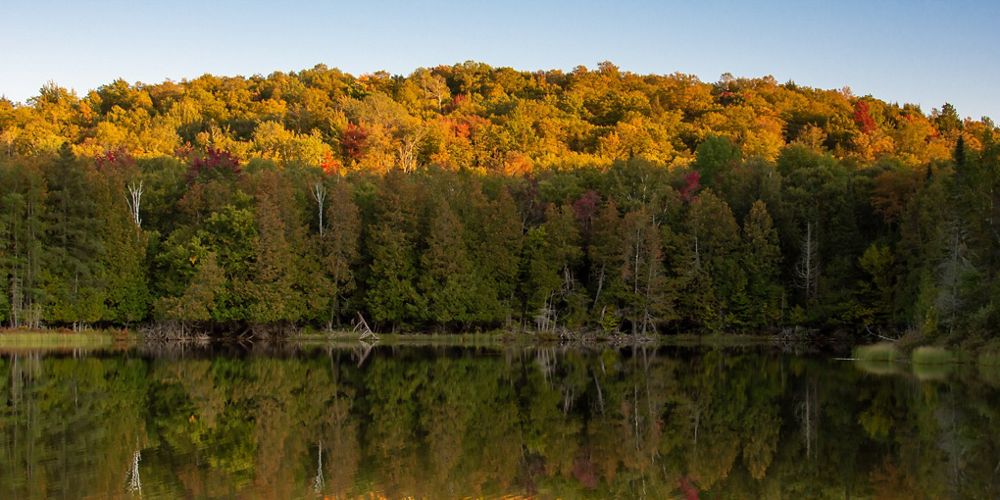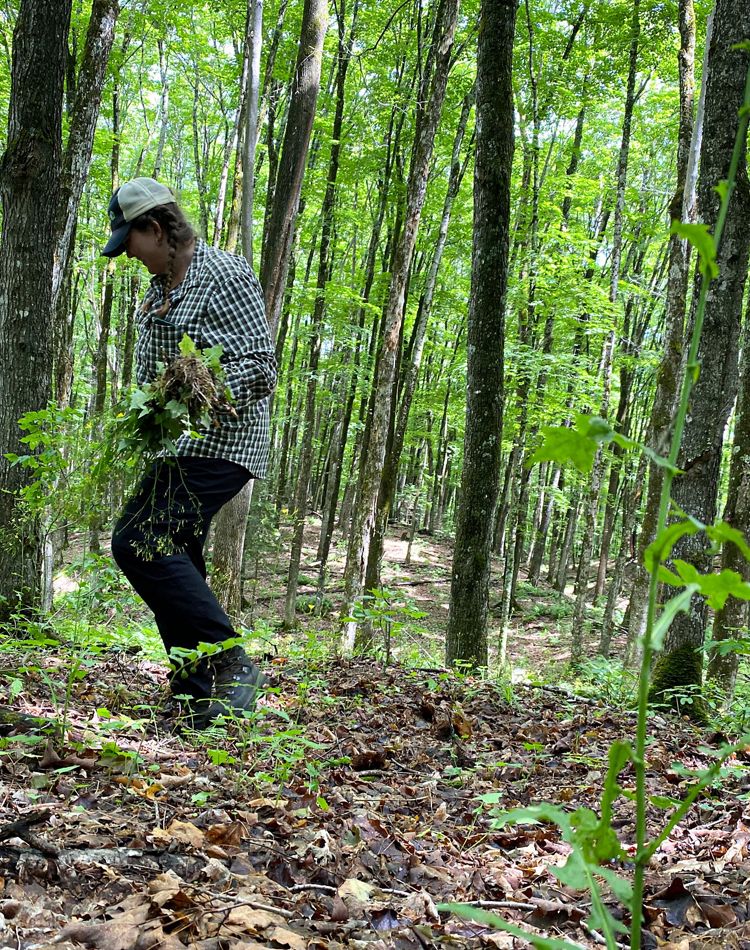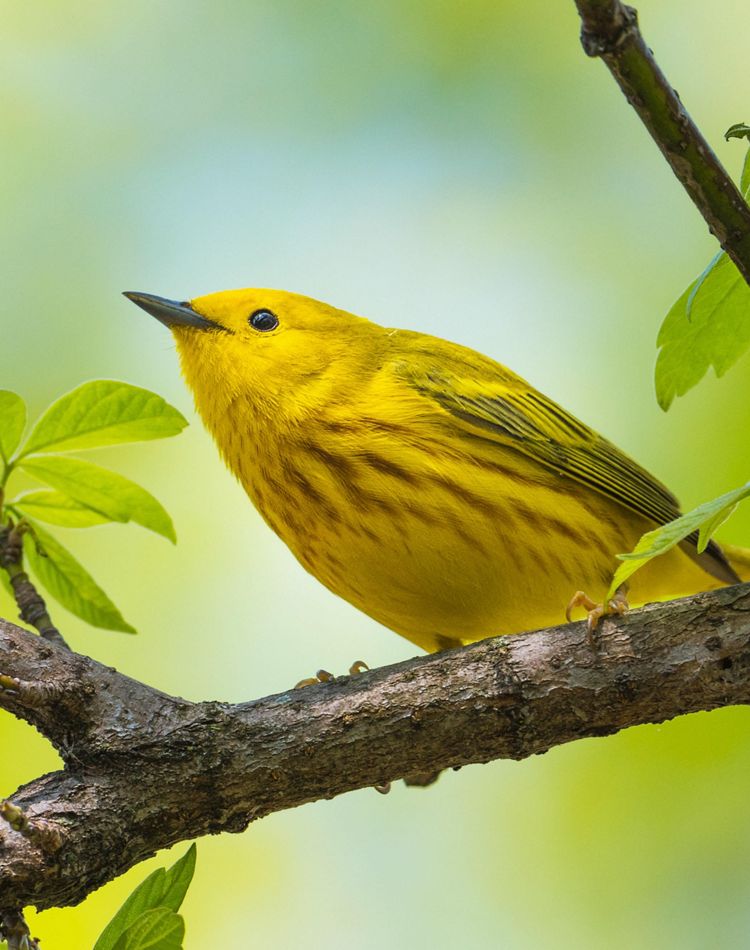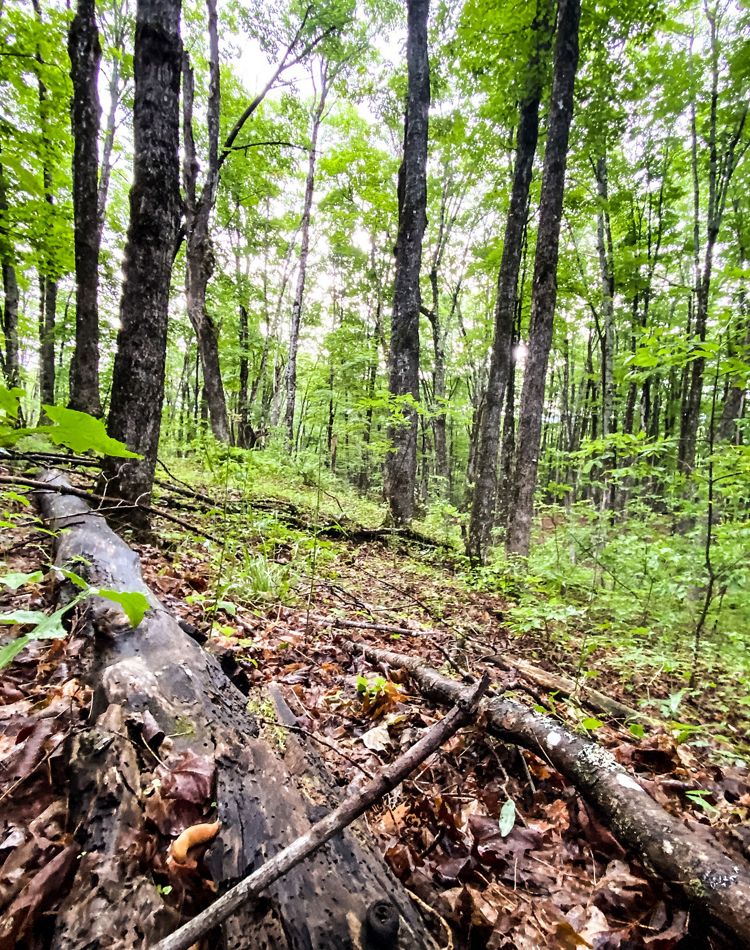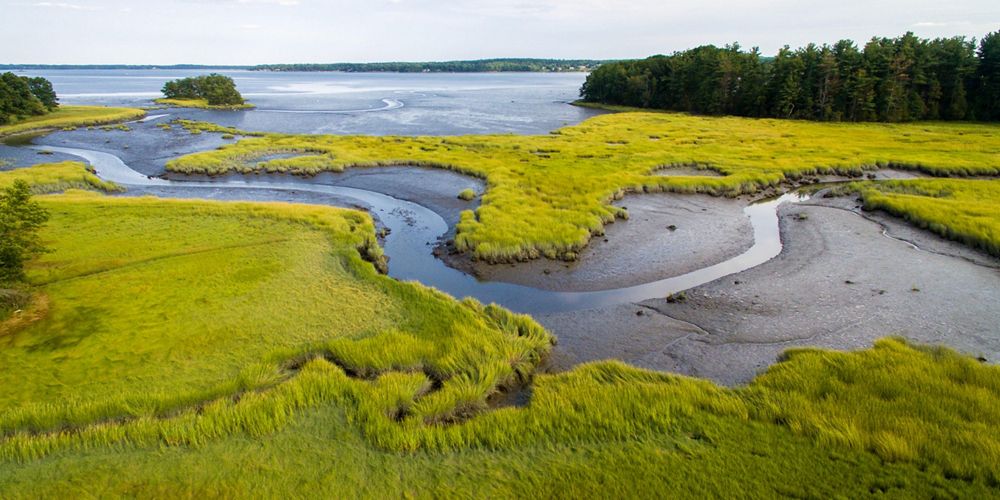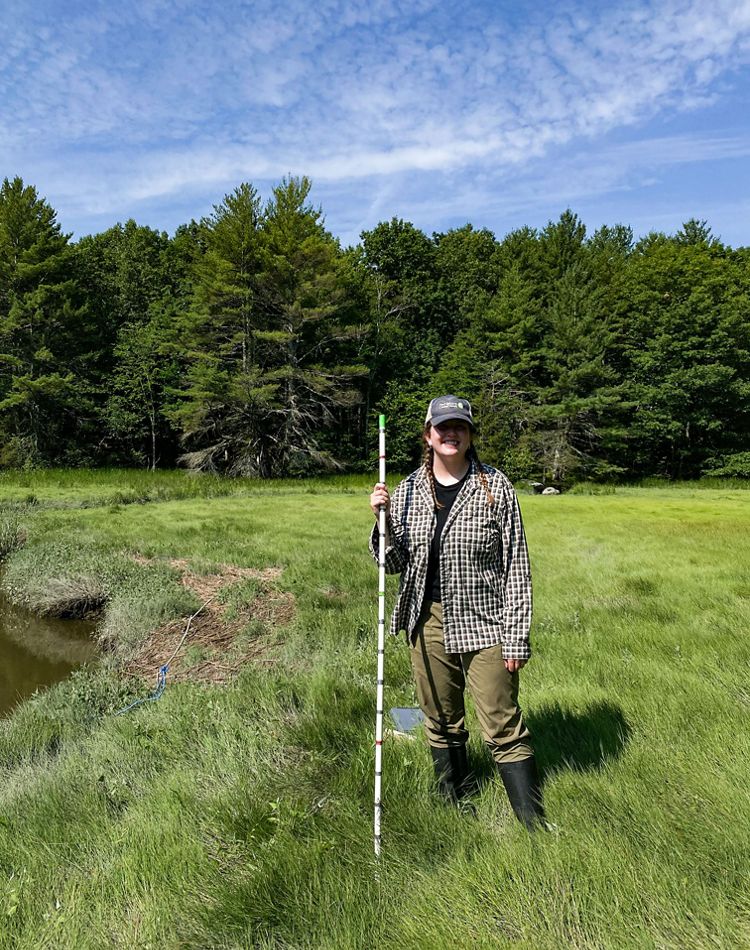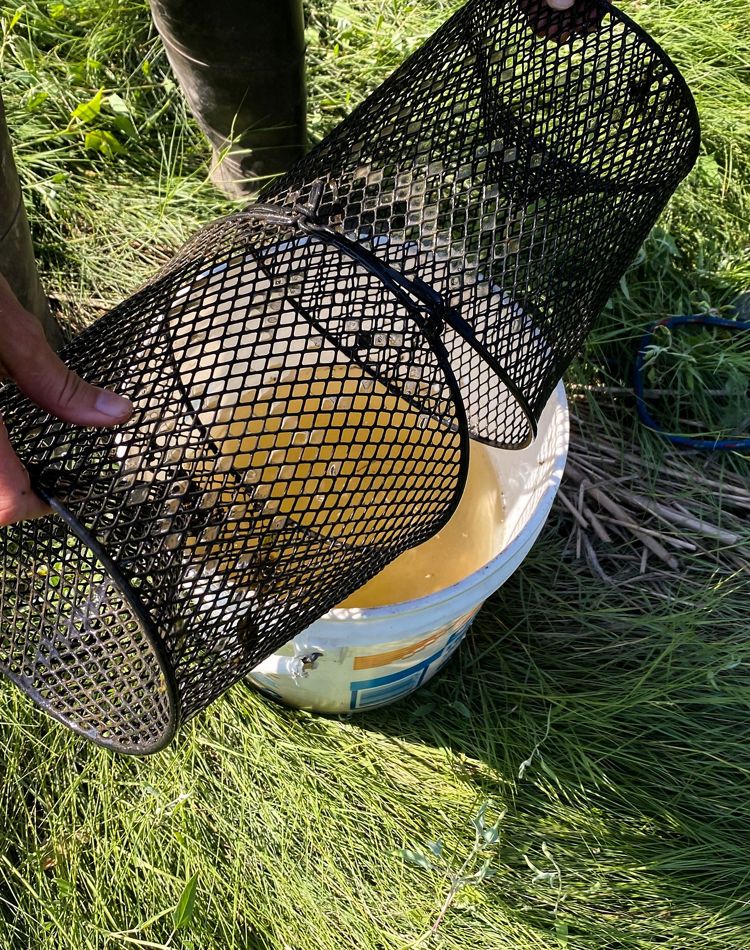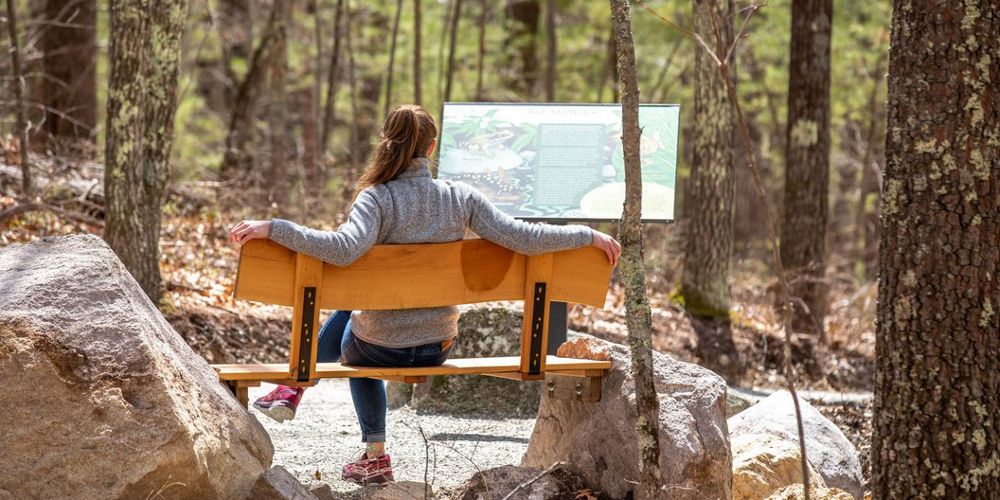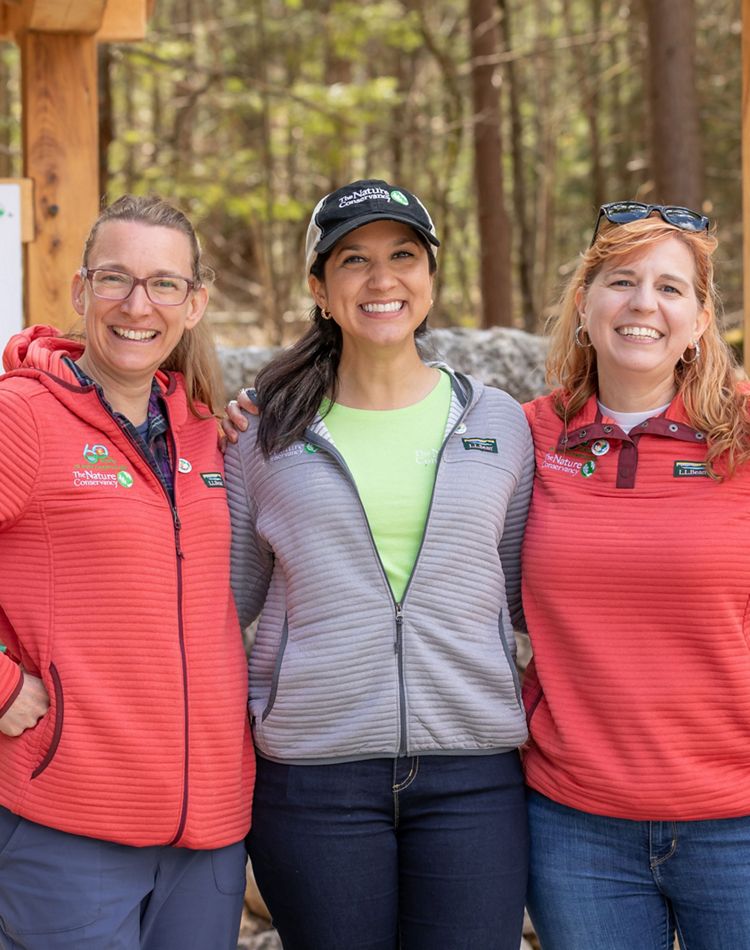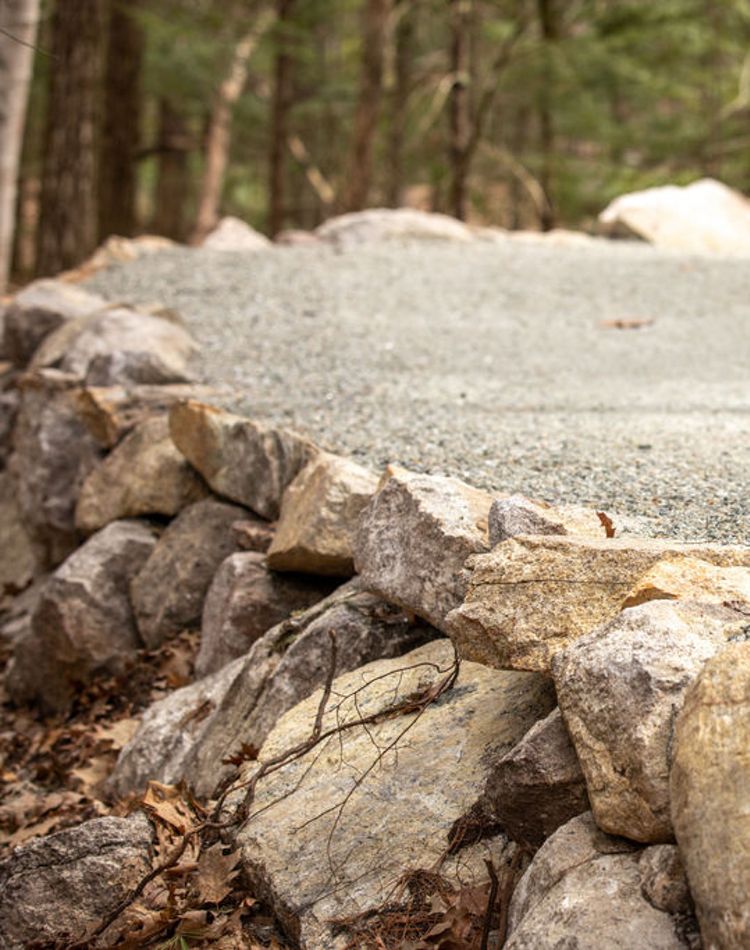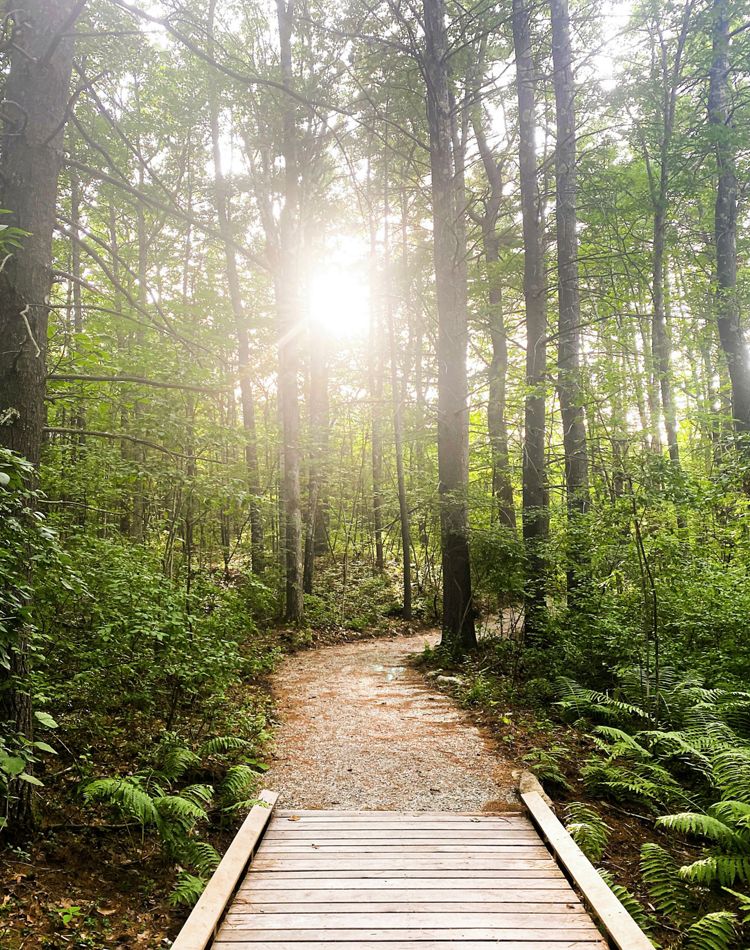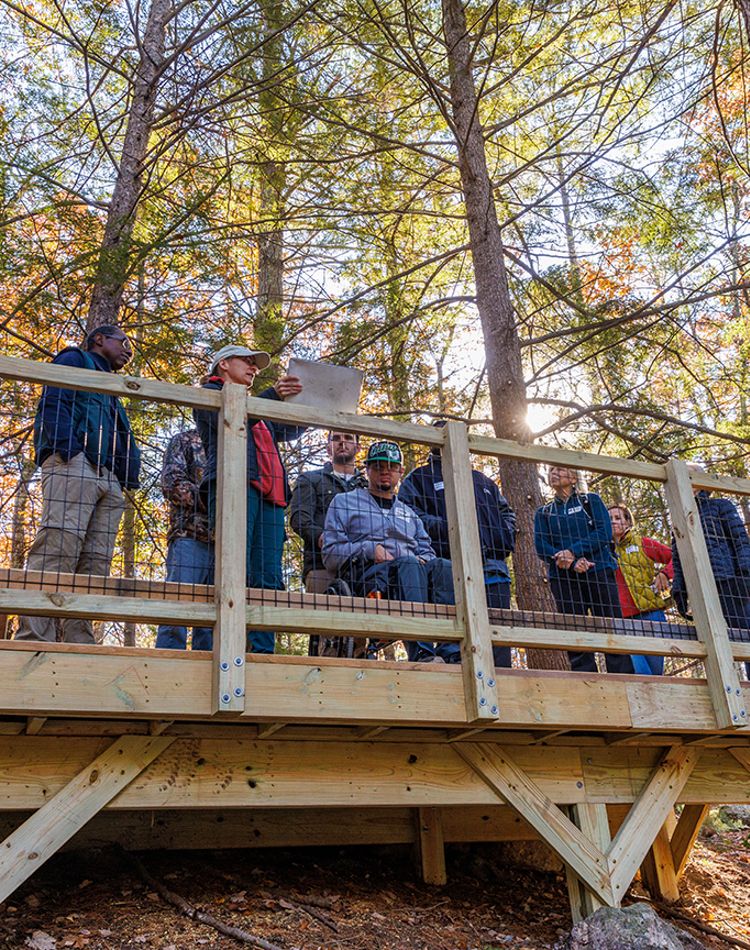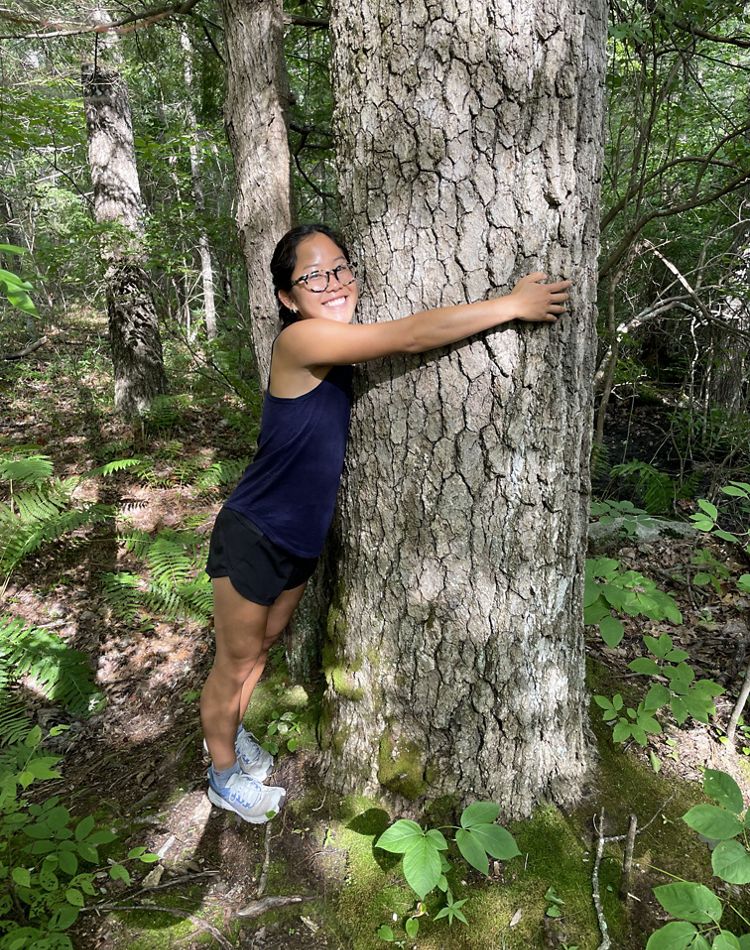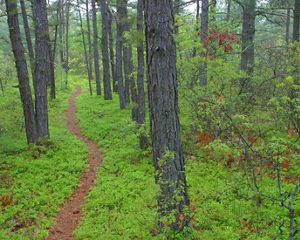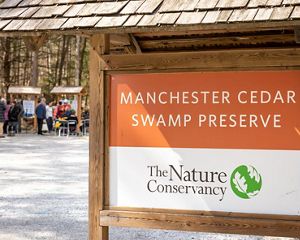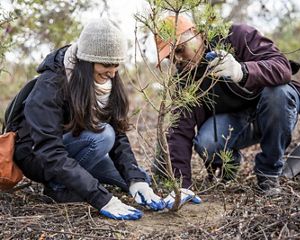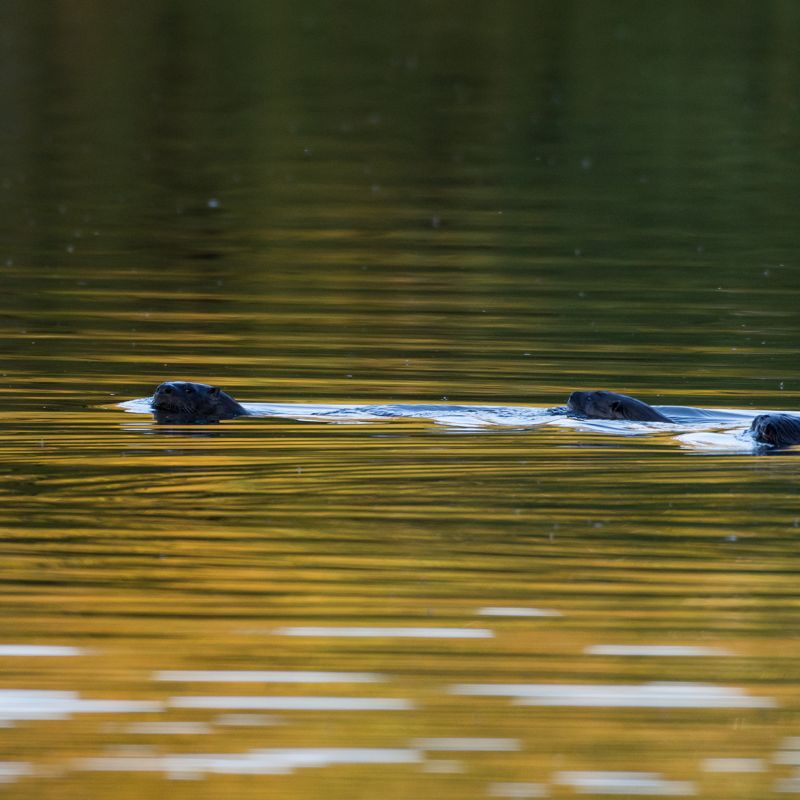
What Happens at a Nature Preserve?
As countries race to protect at least 30% of Earth’s remaining intact ecosystems, see 3 ways local stewards manage New Hampshire's protected areas.
By Li Platz, Marketing & Communications Intern
In New Hampshire and beyond, the stewardship, maintenance and restoration of protected lands is vital to their long-term resilience. Healthy forests, farms and wetlands remove carbon from the atmosphere—key to the fight against climate change. At the same time, there’s value in preserving the magic of towering cedar forests at Manchester Cedar Swamp or the endless, rippling grasses at Lubberland Creek for new and future visitors.
Growing up in rural Wyoming, I was raised to value public lands and the people who take care of them. When I moved to New Hampshire to intern at TNC, I found myself wanting to tag along with staff to experience firsthand how we tackle challenges—ecological and otherwise—at different preserves. These outings seemed like a way for me to participate in stewardship and connect with New Hampshire’s lands and waters on which all life depends.
Join me on a journey to see three of TNC’s New Hampshire preserves. Together, we’ll learn how local land stewards manage them to monitor for invasive species, ensure habitat connectivity and support recreation for all.
Scientifically speaking, invasive species—whether they’re plants or pests—are non-native organisms that cause harm to an ecosystem. People who study invasives consider “harm” to be anything from crowding out other life to spreading diseases that affect plant, animal or human health. Everyone knows an invasive species: They weren’t invited to the party but showed up anyway, and now they’re irritating the guests. In reality, invasive species can take control, threatening rare habitats and creating problems for nature and people. Land stewards carefully monitor and remove invasive species to ensure ecosystems survive into the future.
At The Nature Conservancy’s Lime Pond Preserve in Columbia, New Hampshire, land stewards are working to remove wall lettuce—an invasive plant that spreads like wildfire over forests and wetlands. As wall lettuce grows here, it uses resources that maidenhair ferns, wild onions, orchids and other unique flora need to survive. Without invasive species management, native plants could be lost, forever altering the ecosystem.
Keep scrolling to see what I experienced at Lime Pond.
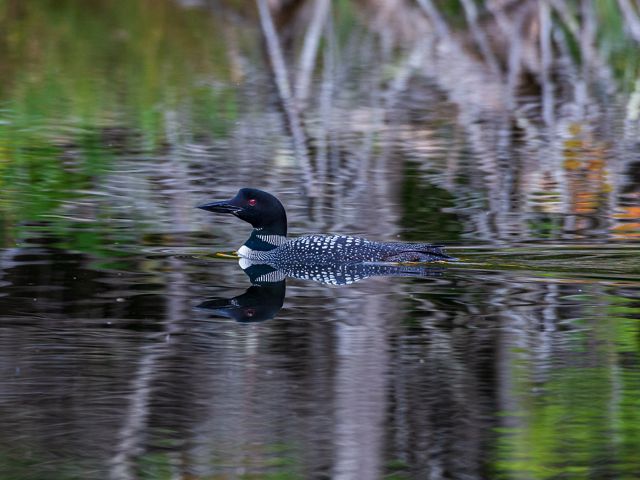
Visit Lime Pond Preserve
At Lime Pond, you can find northern white cedar swamps with centuries-old trees, rich mesic northern hardwood forest with maidenhair fern and wild onions, beautiful wetlands with an amazing diversity of orchids, and the state’s only occurrence of the brown bog sedge, which is found along the shoreline of the pond. Plan your visit today.
American eels hatch near Bermuda in the Sargasso Sea before traveling a thousand miles to the freshwater rivers and lakes of the eastern United States, where they grow and live for many years. Once they reach maturity, they travel back to the Sargasso Sea to spawn. But in the Great Bay estuary of New Hampshire, narrow culverts prevent eels and other migratory fish from reaching freshwater systems. These waterfall-like barriers block fish from swimming upstream to the freshwater habitat essential to their life cycles.
In 2020, The Nature Conservancy worked with the Town of Newmarket to replace a culvert under Bay Road at Lubberland Creek Preserve. With rising sea levels, more intense storms and increased surface water runoff, the old 3-by-4-foot pipe couldn’t effectively pass water between the creek and the nearby salt marsh. The concrete box culvert we built instead allows water to flow with the tides and helps migratory fish and other species navigate safely. This is the second year post-construction that our land stewards have set fish traps to see if migratory fish use the culvert to travel upstream—a measure of what scientists call aquatic connectivity.
Here’s what happened when I helped staff monitor for fish at Lubberland Creek.
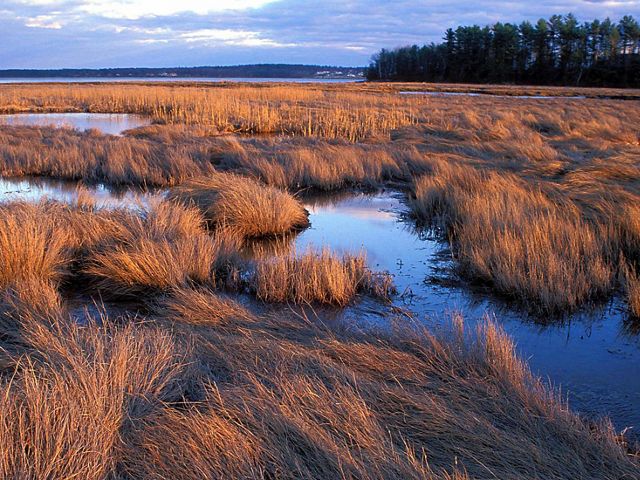
Visit Lubberland Creek Preserve
At Lubberland Creek, hikers will enjoy ponds, wetlands, salt marsh, mud flats, vernal pools and a variety of critters including songbirds, fisher, deer, salamanders, beaver, wood duck and more. Keep your eyes peeled for the great blue heron rookery! Plan your visit today.
On Earth Day 2022, The Nature Conservancy in New Hampshire opened a fully-accessible trail at Manchester Cedar Swamp Preserve in Manchester. The All Persons Trail is a 1.2-mile accessible path that provides visitors access to unique geologic features in the preserve, including mossy glacial boulders and vernal pools nestled amongst oak forests. For three years, we worked with different community groups, Indigenous partners and experienced trail builders to plan and construct a trail that welcomes everyone. After learning about the process and writing about the project at TNC, I wanted to visit the All Persons Trail with a few staff members who made it happen and experience the magic of Manchester Cedar Swamp.
Take a peek into my summer day at the trail.

Visit Manchester Cedar Swamp Preserve
Hiking, snowshoeing and bird watching are fun activities at Manchester Cedar Swamp Preserve. The All Persons Trail is suitable for all abilities and includes interactive, immersive experiences for all visitors. A free audio tour is available in both English and Spanish. Plan your visit today.

We Can’t Save Nature Without You
Sign up to receive monthly nature news and updates from New Hampshire. Preview Nature News here.

